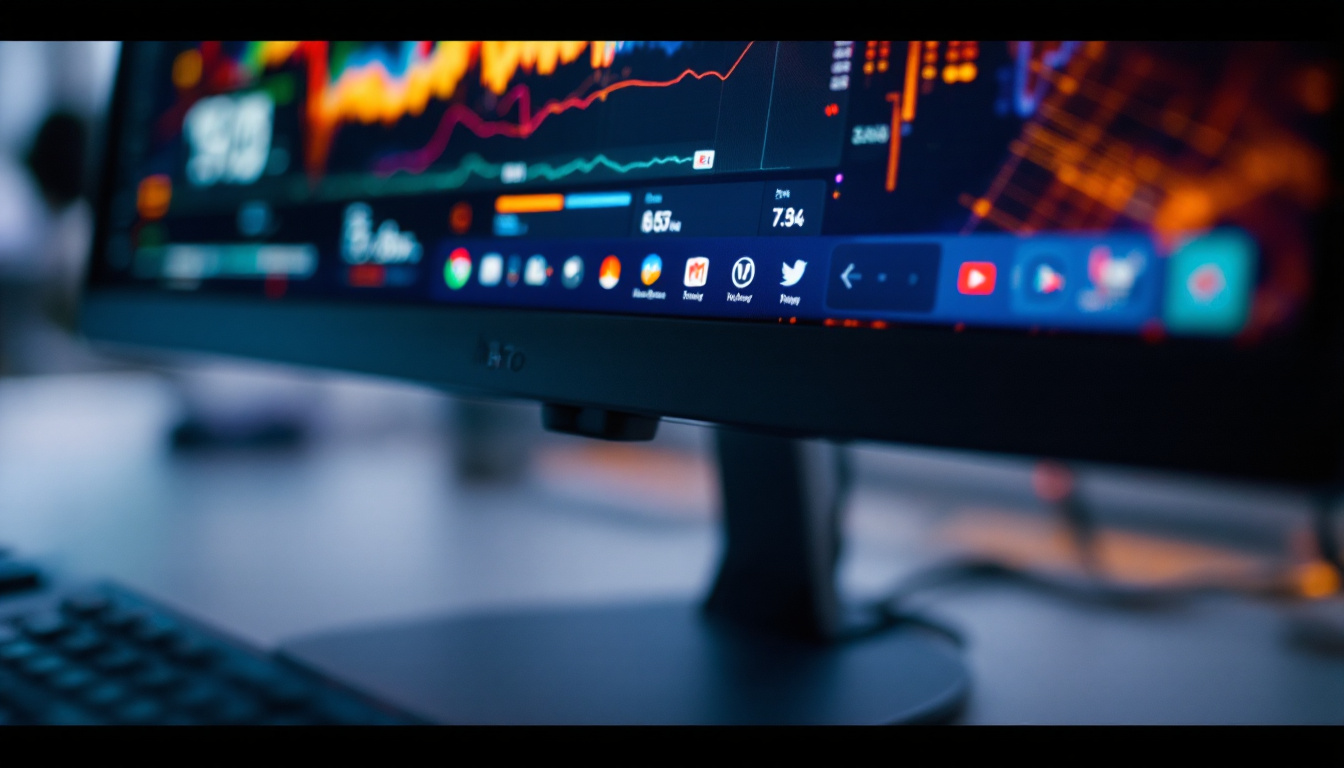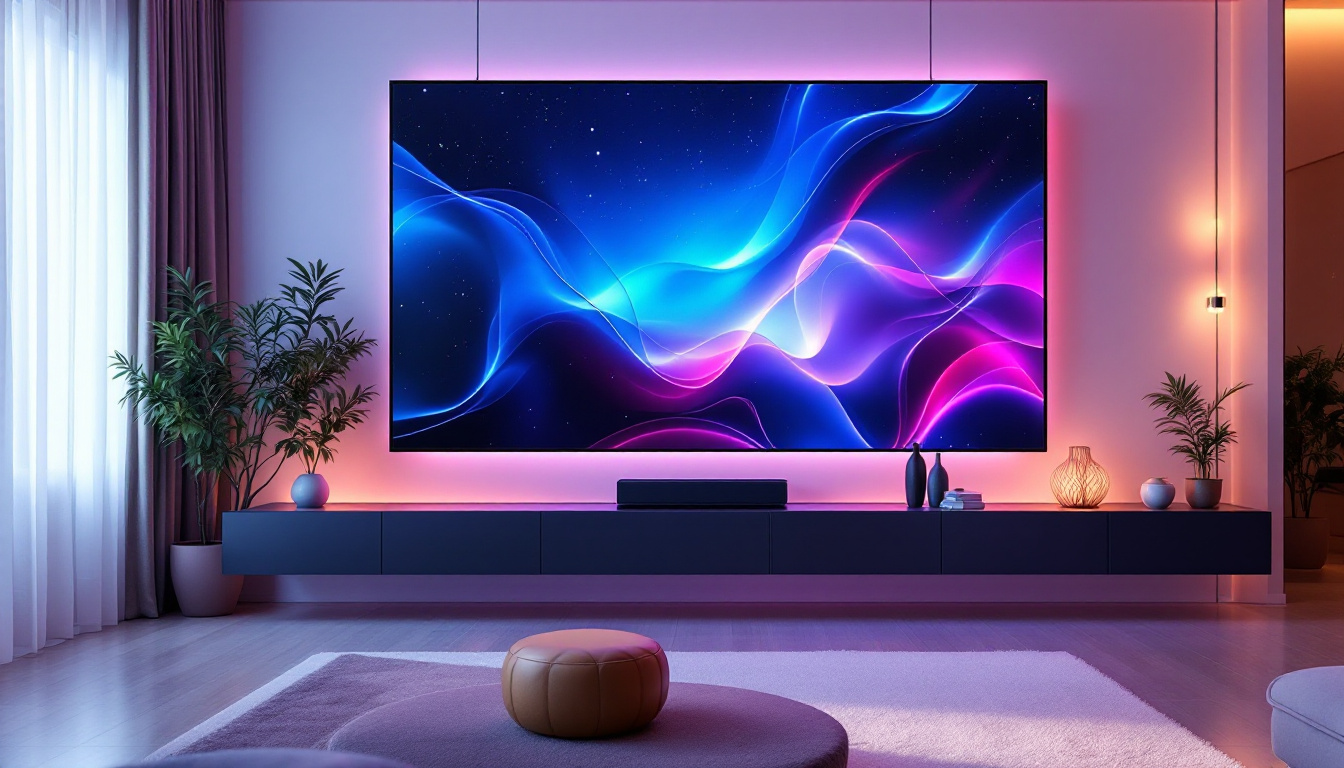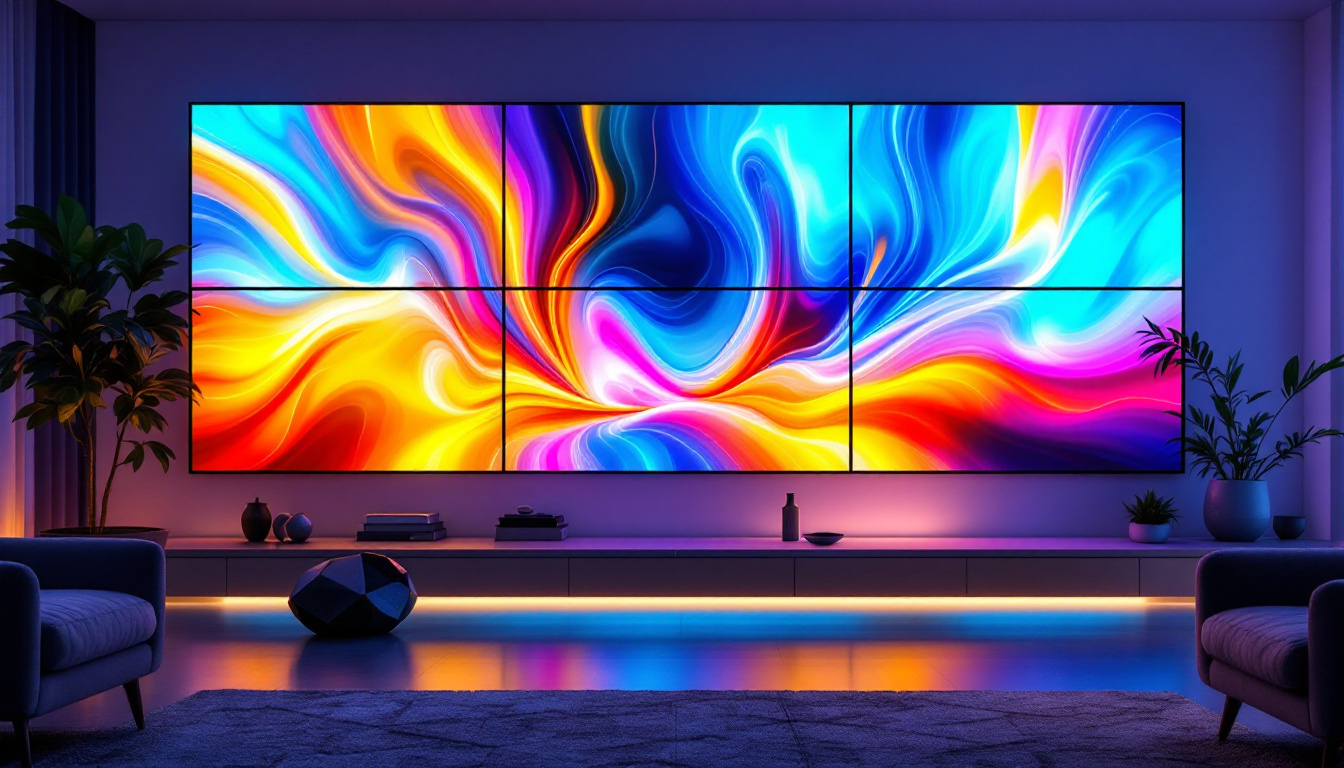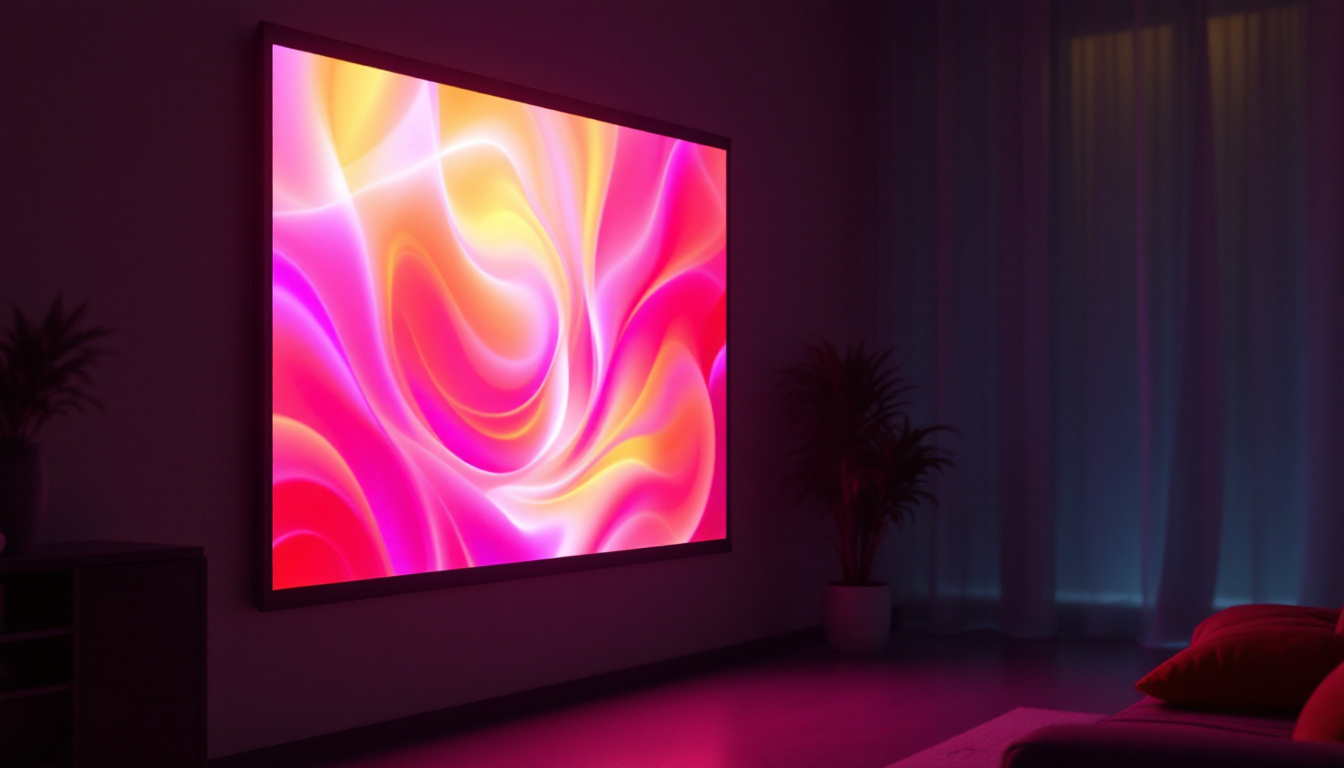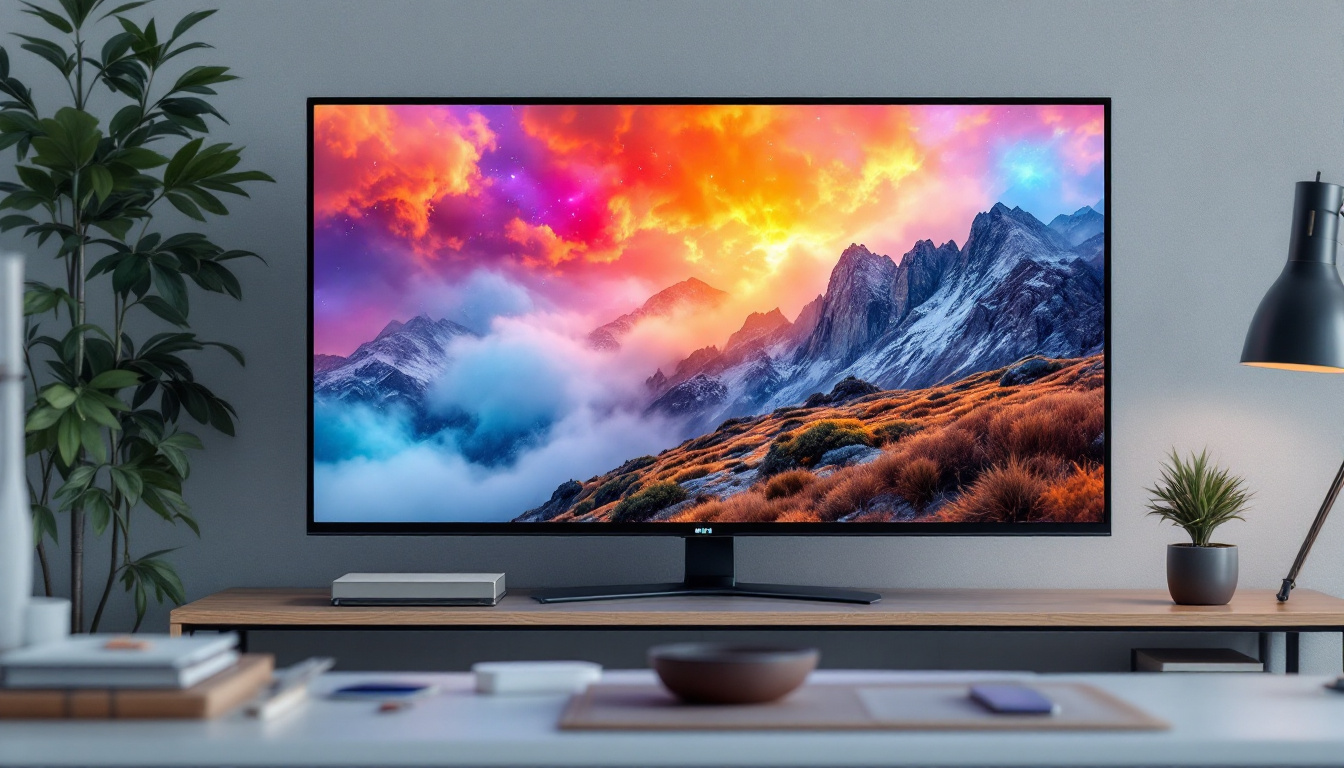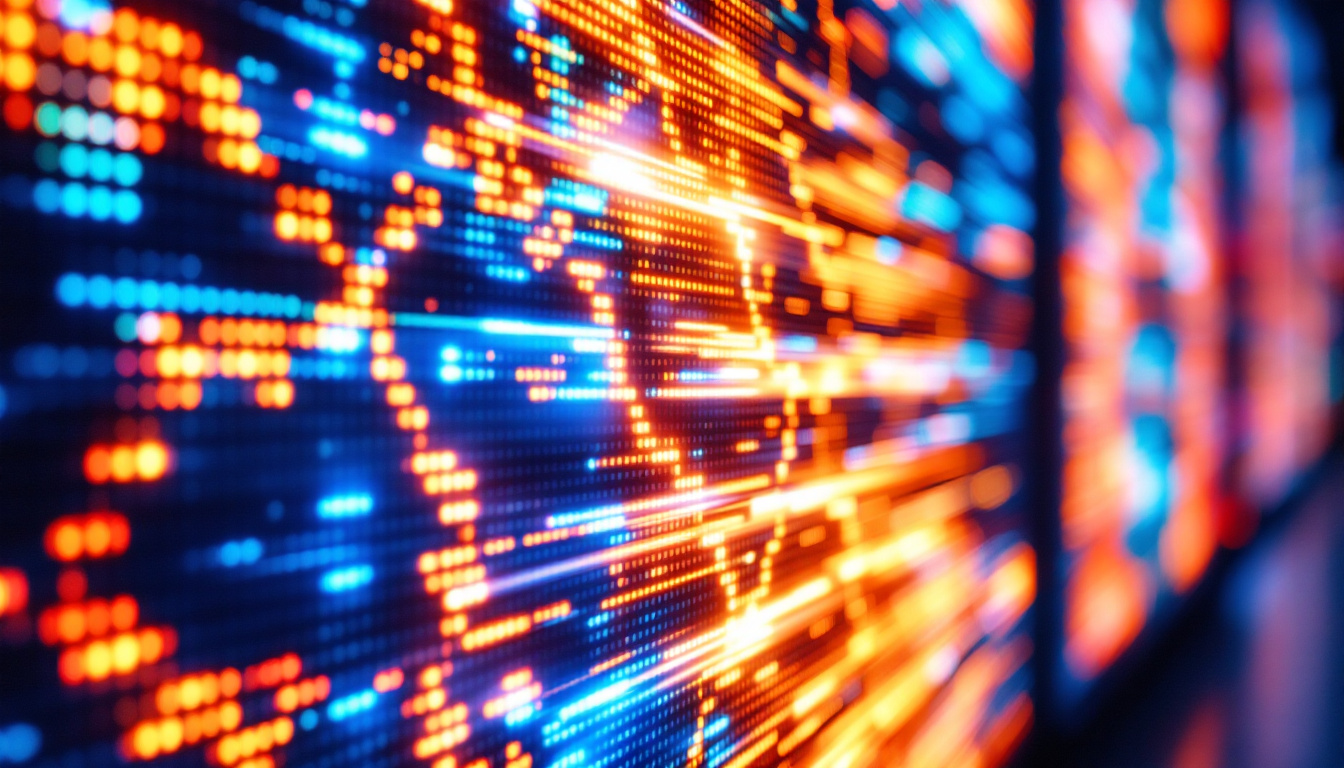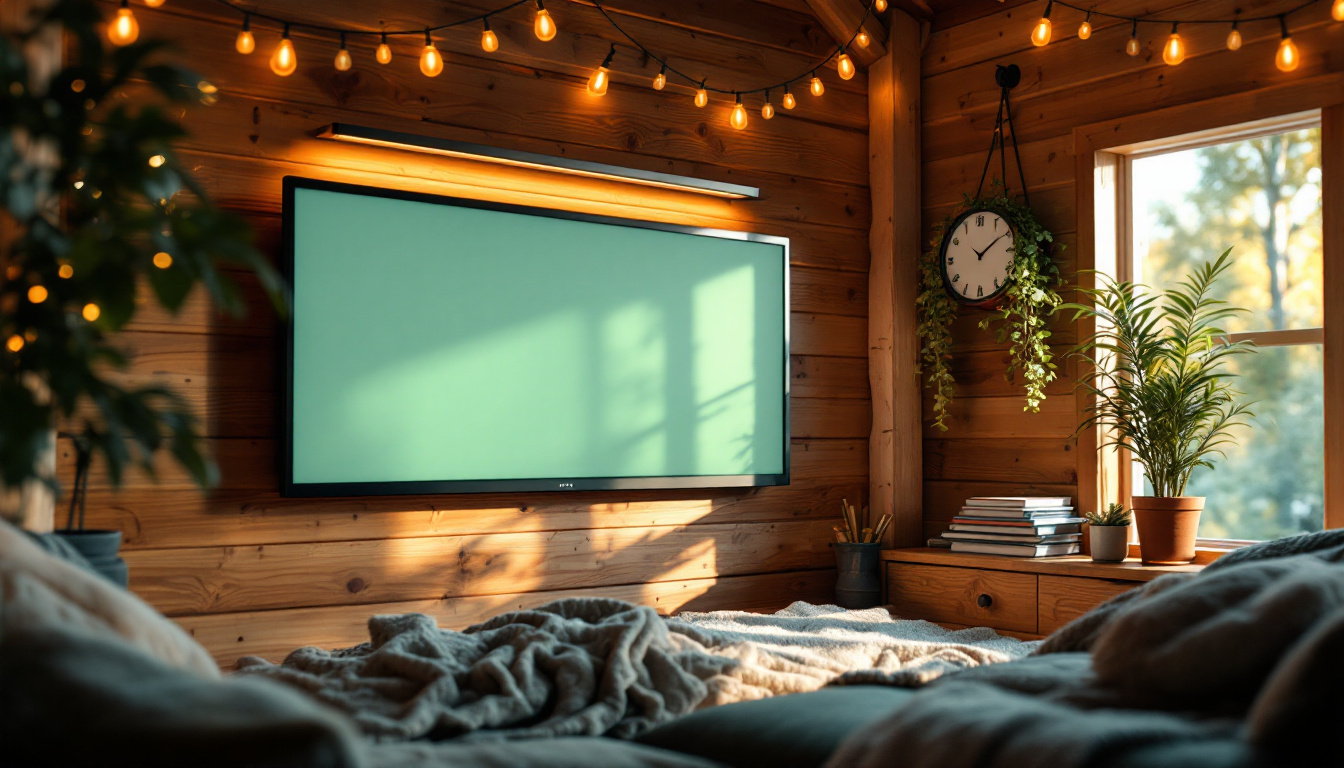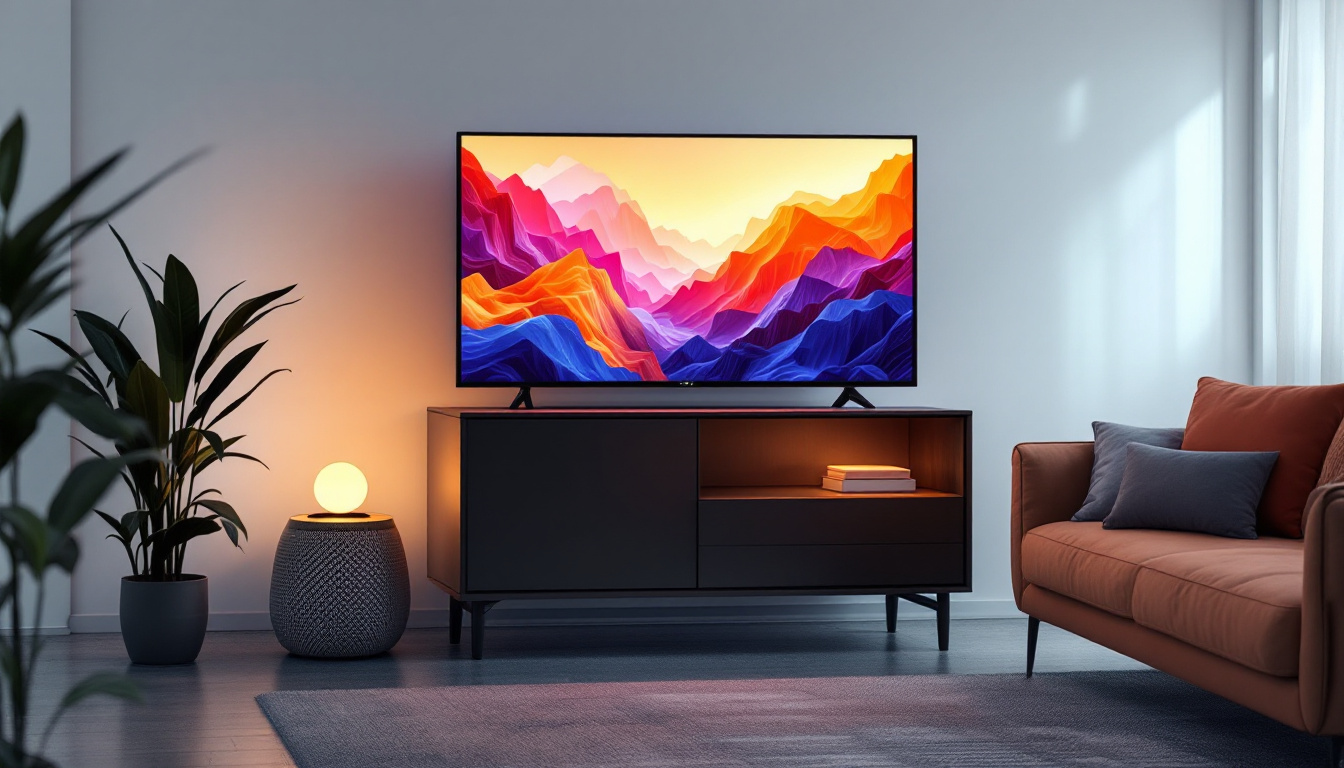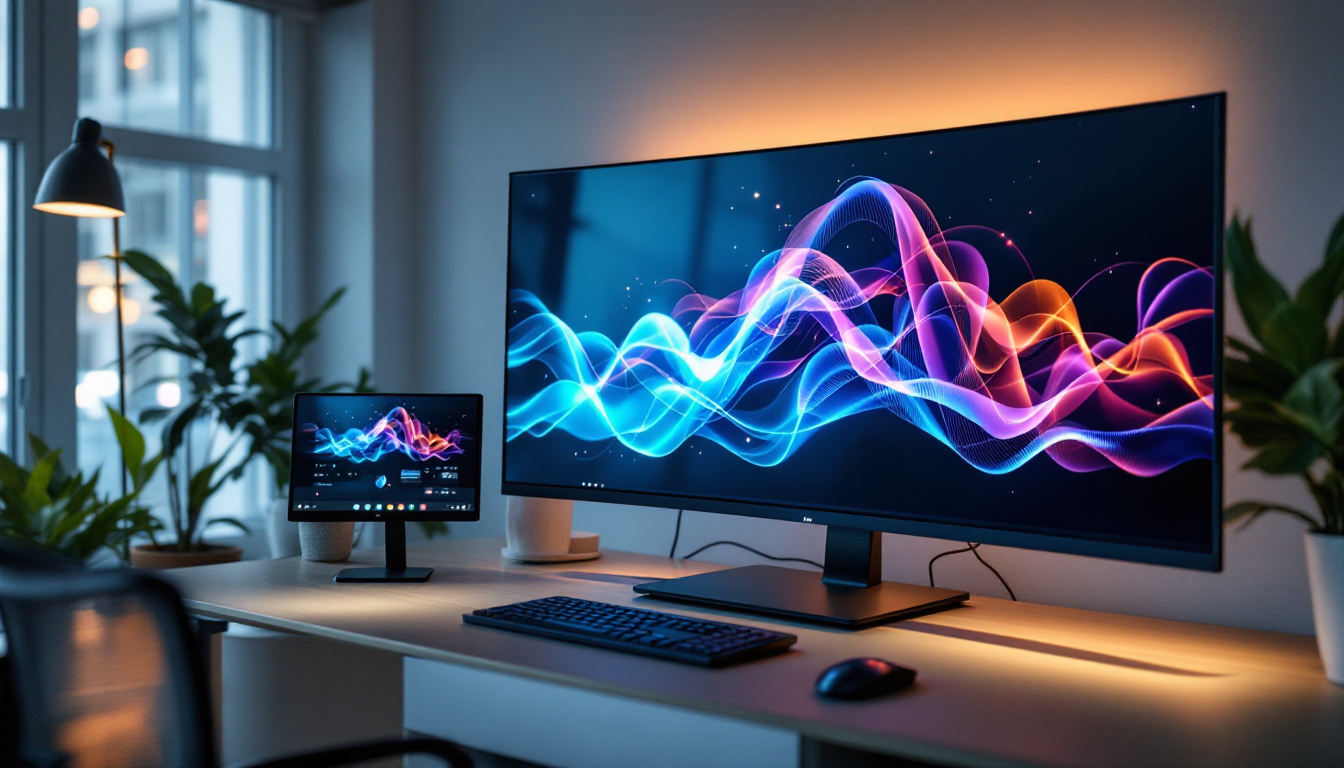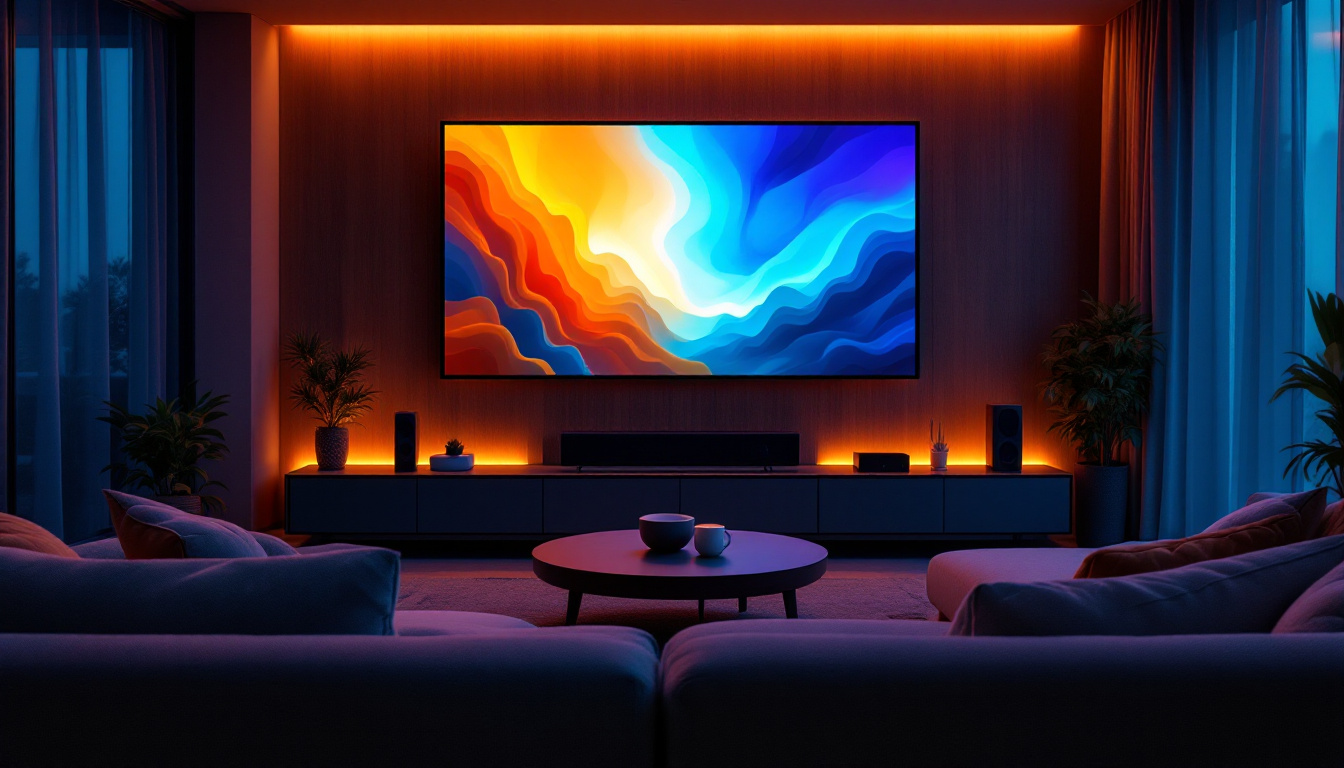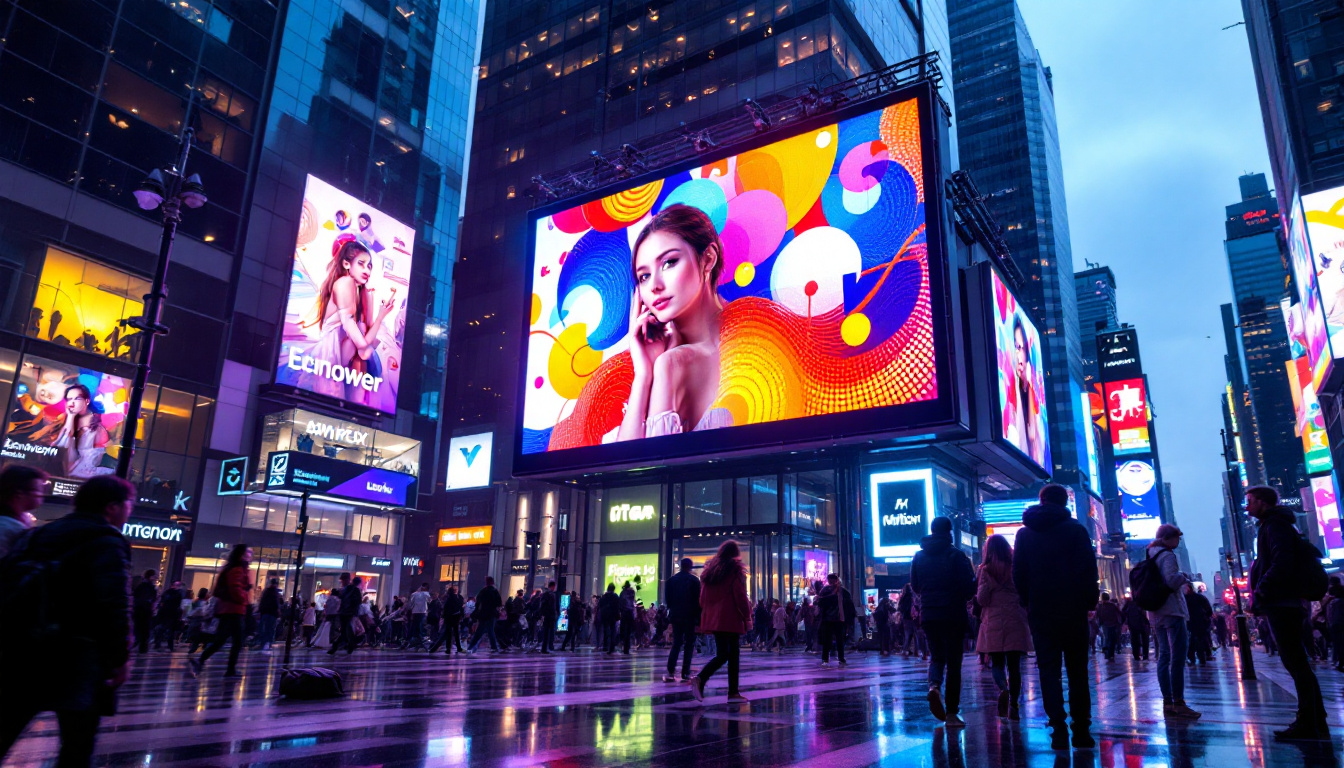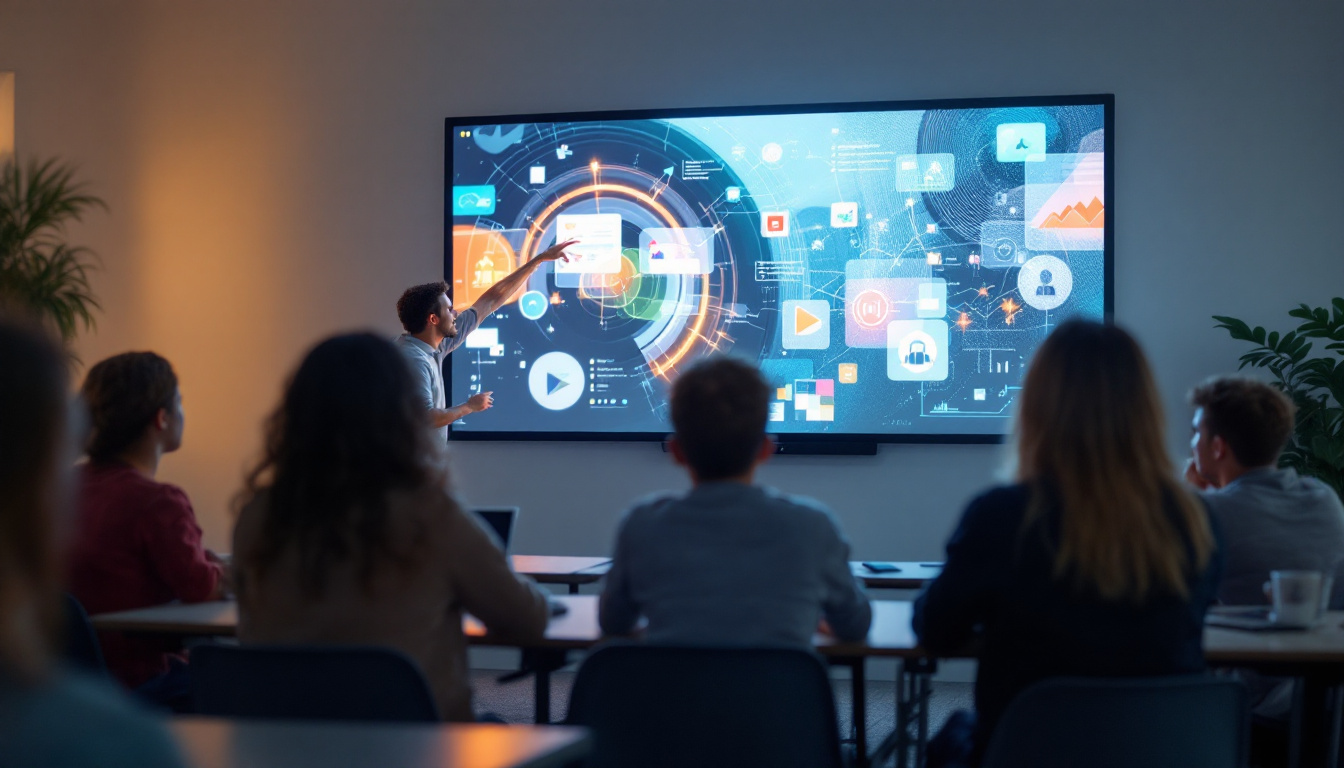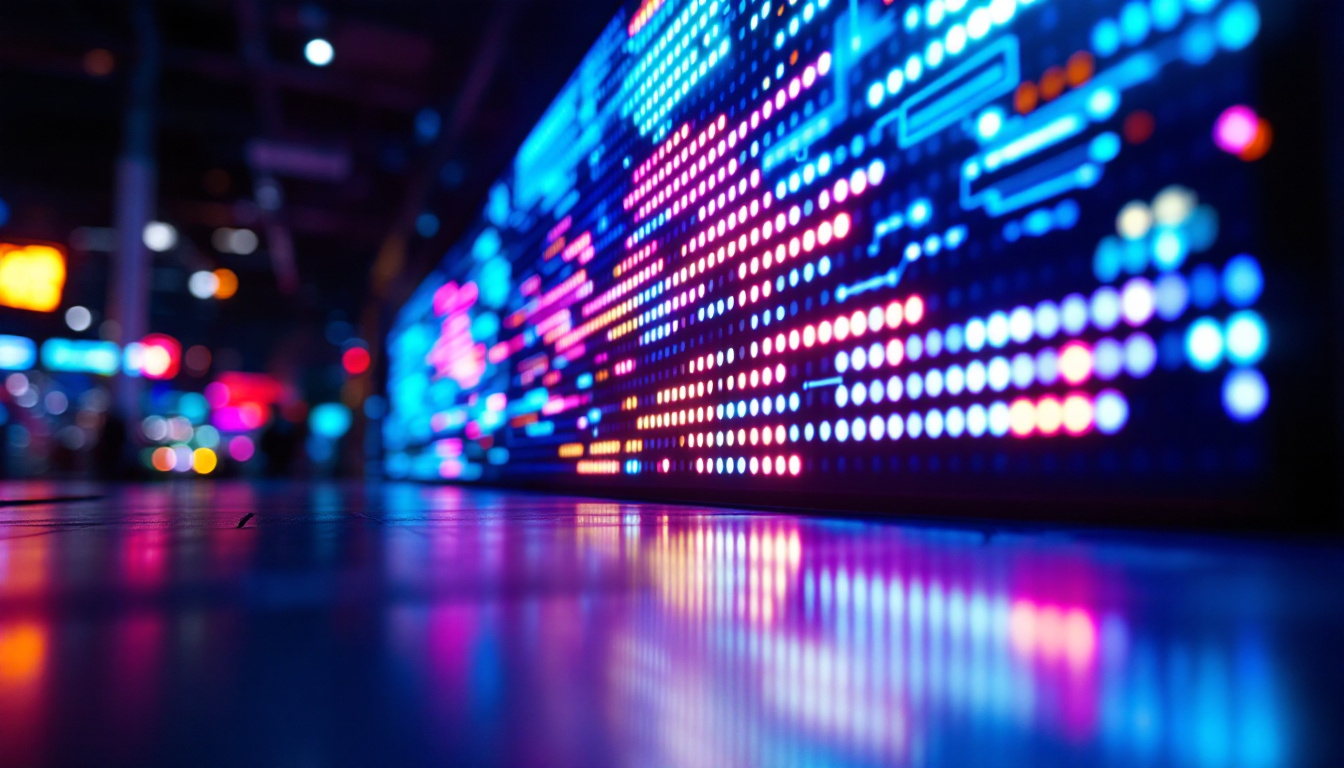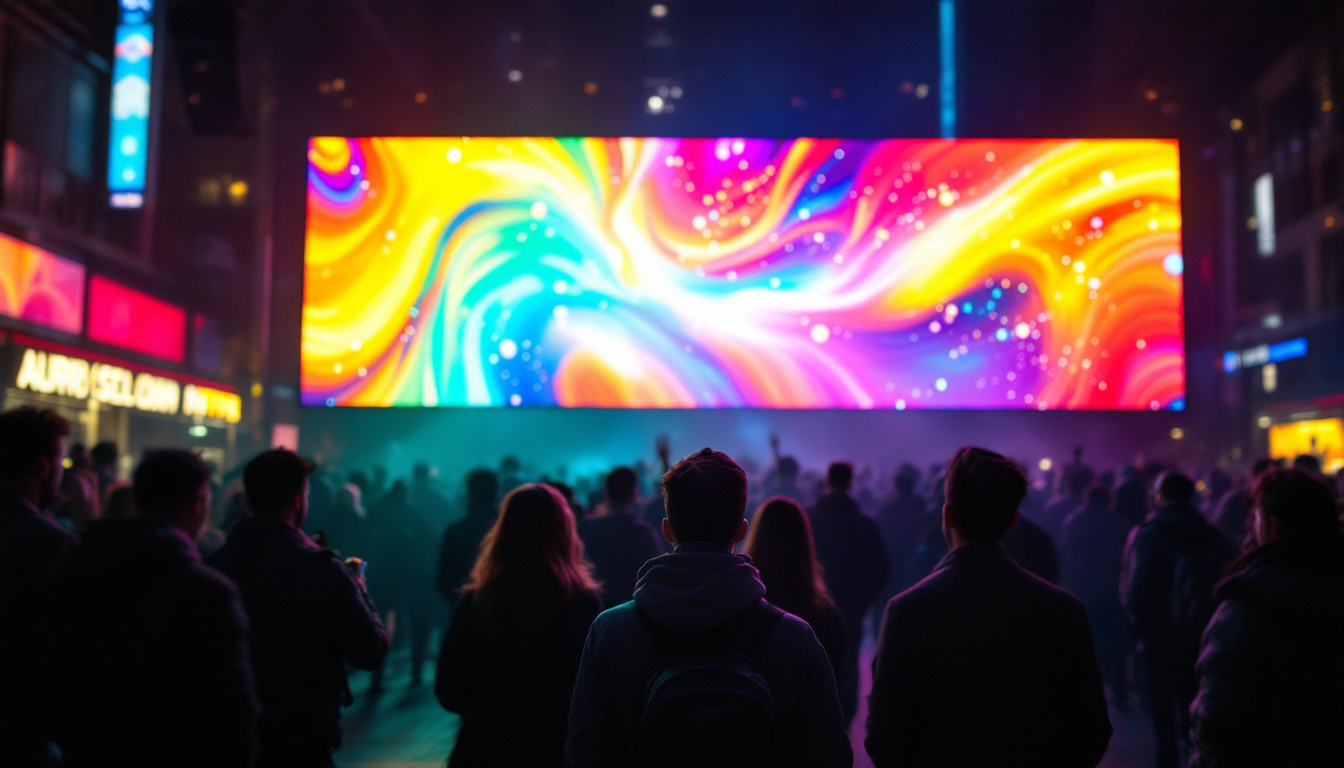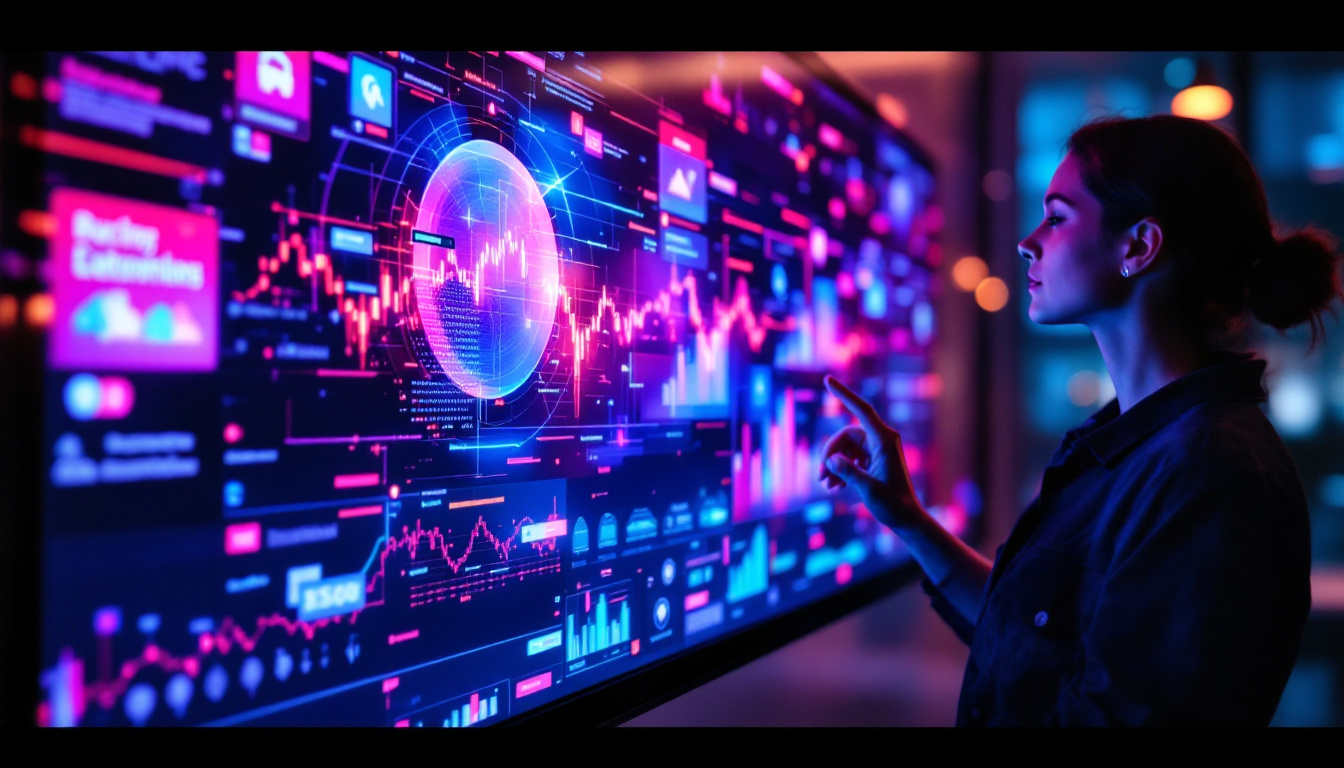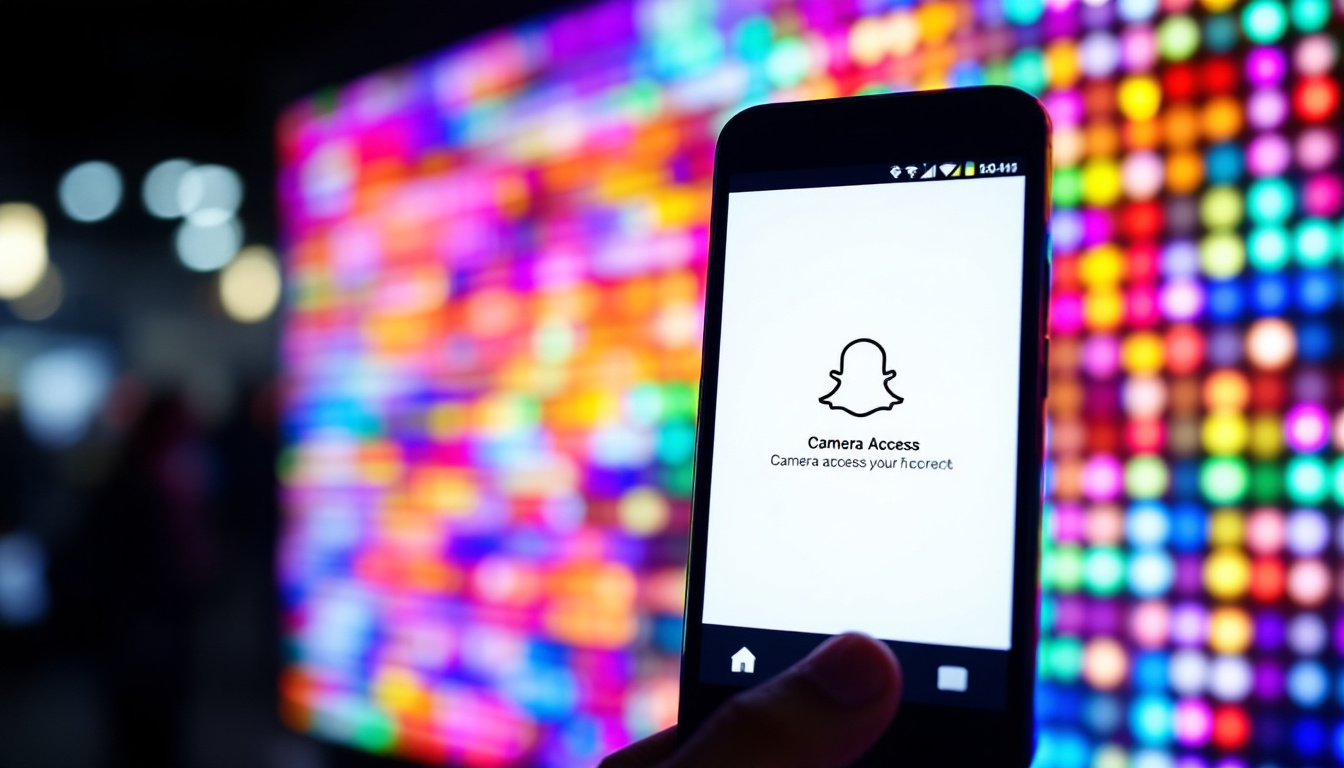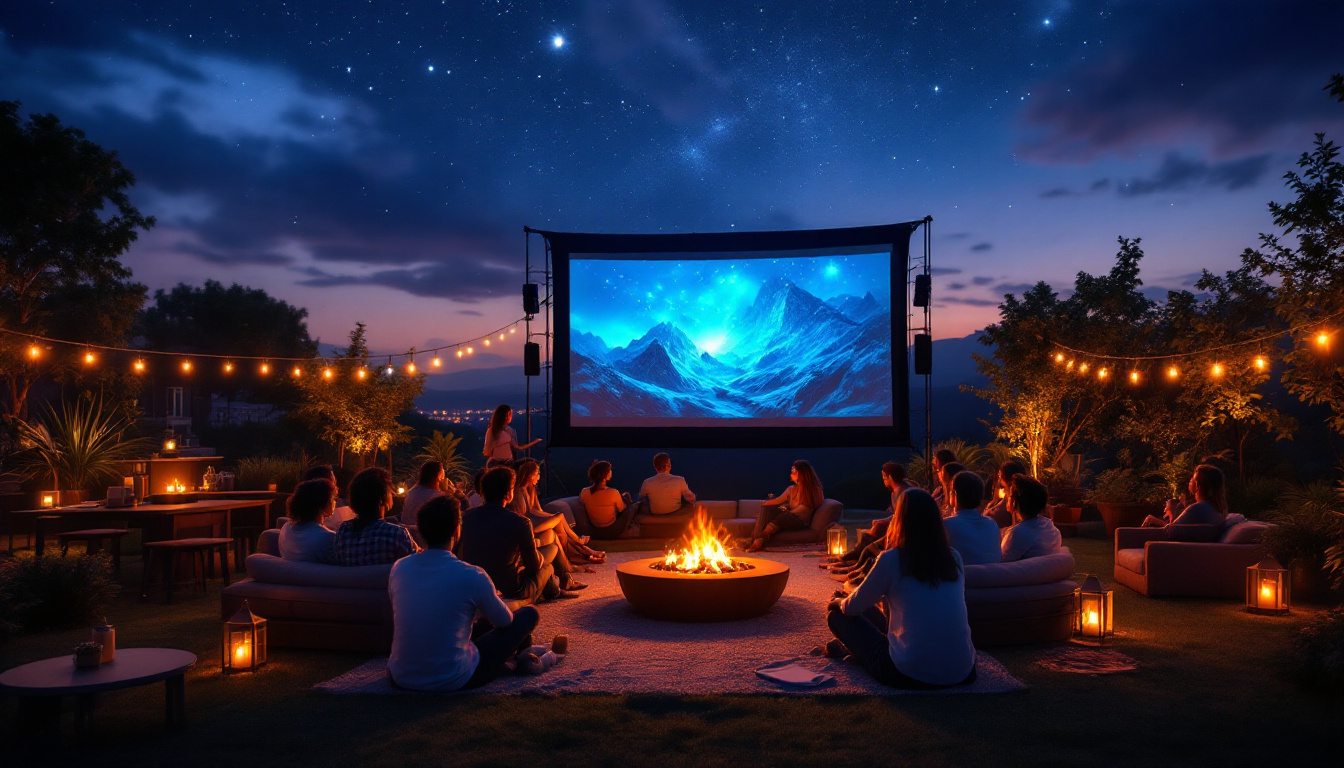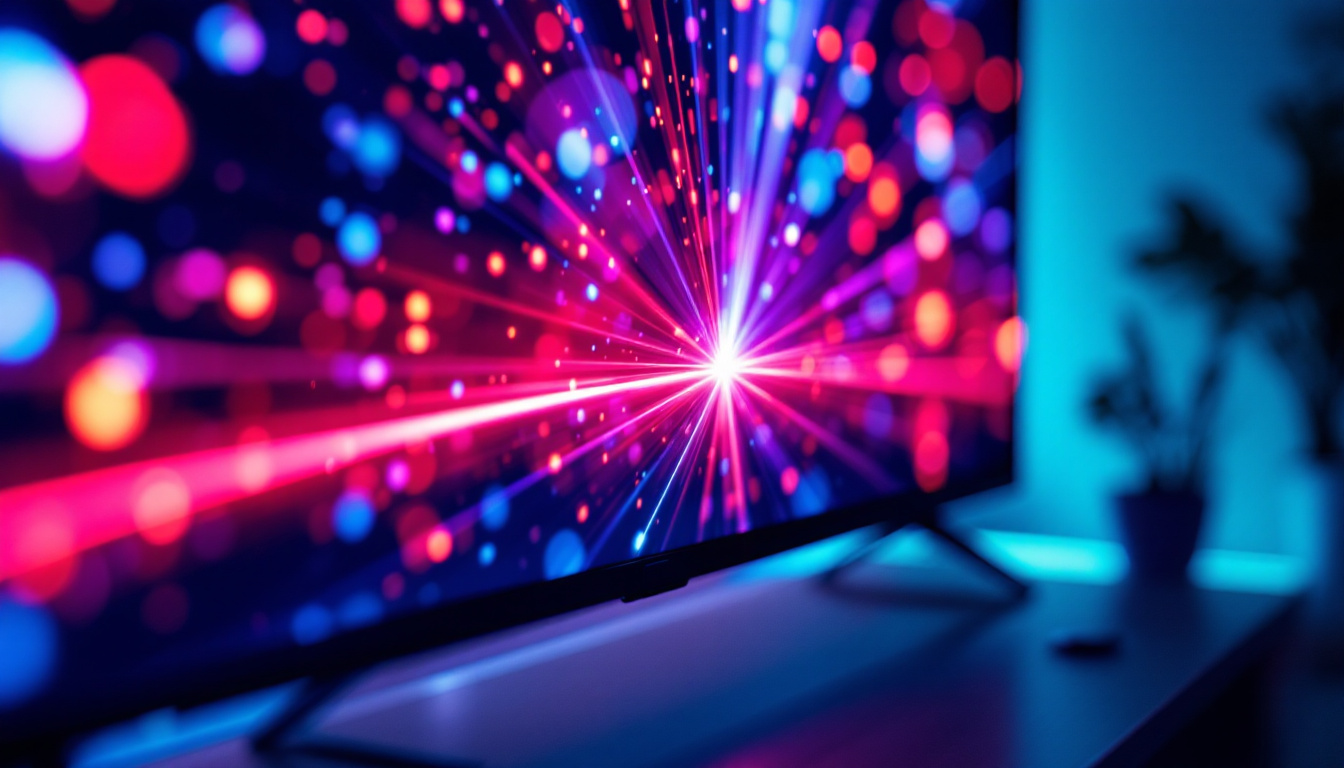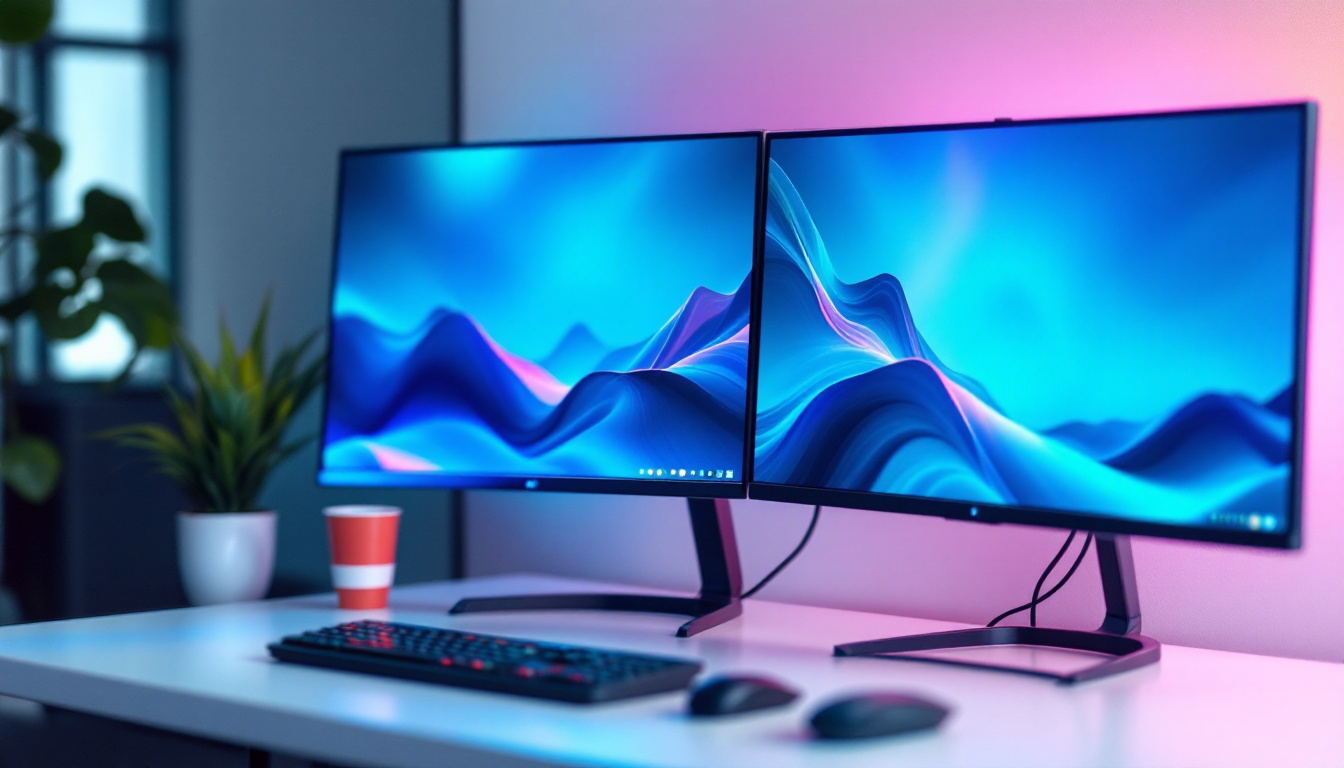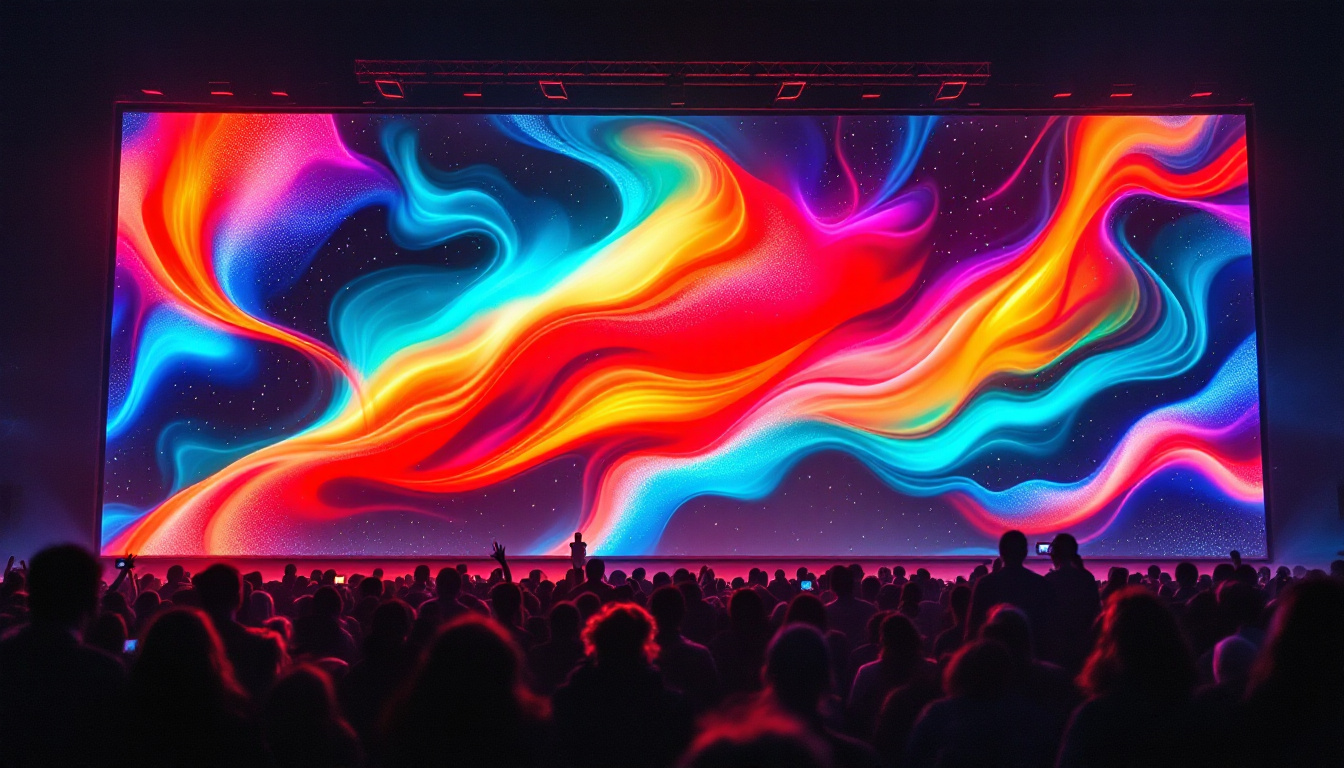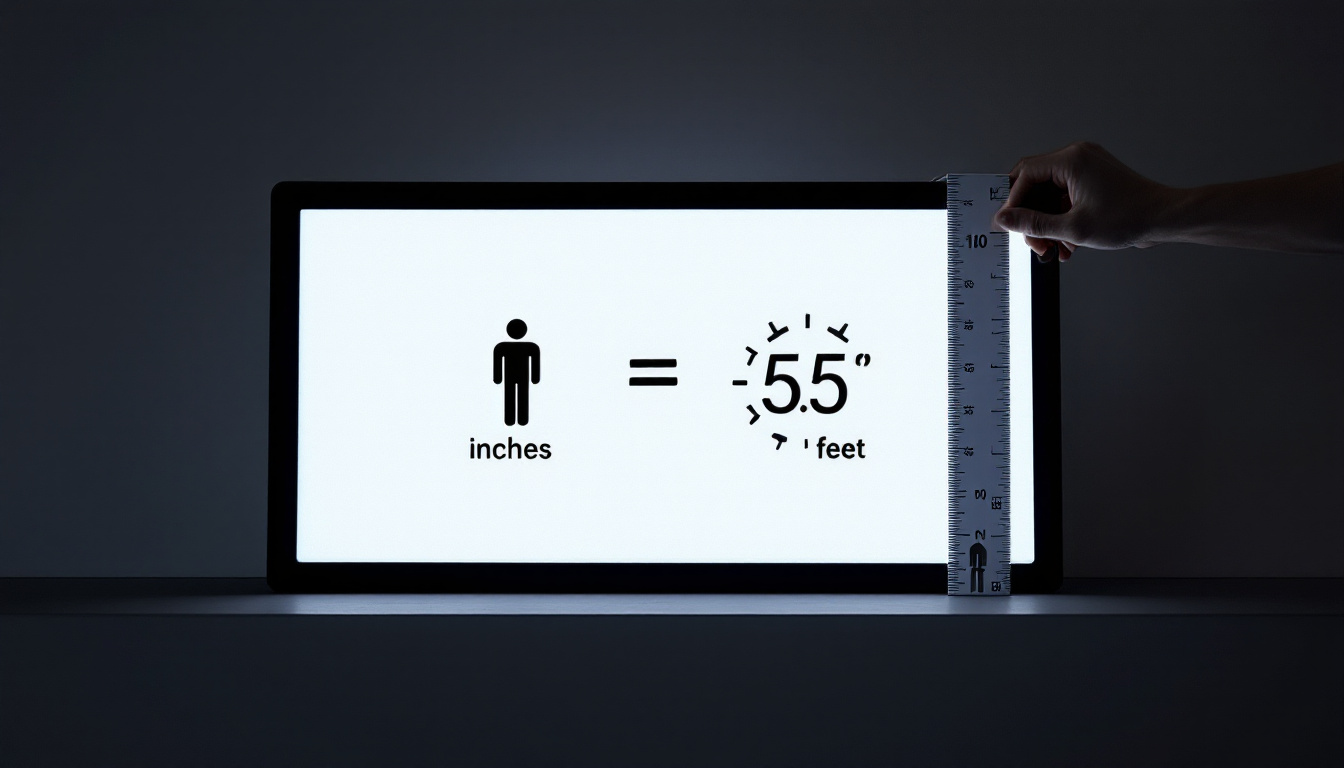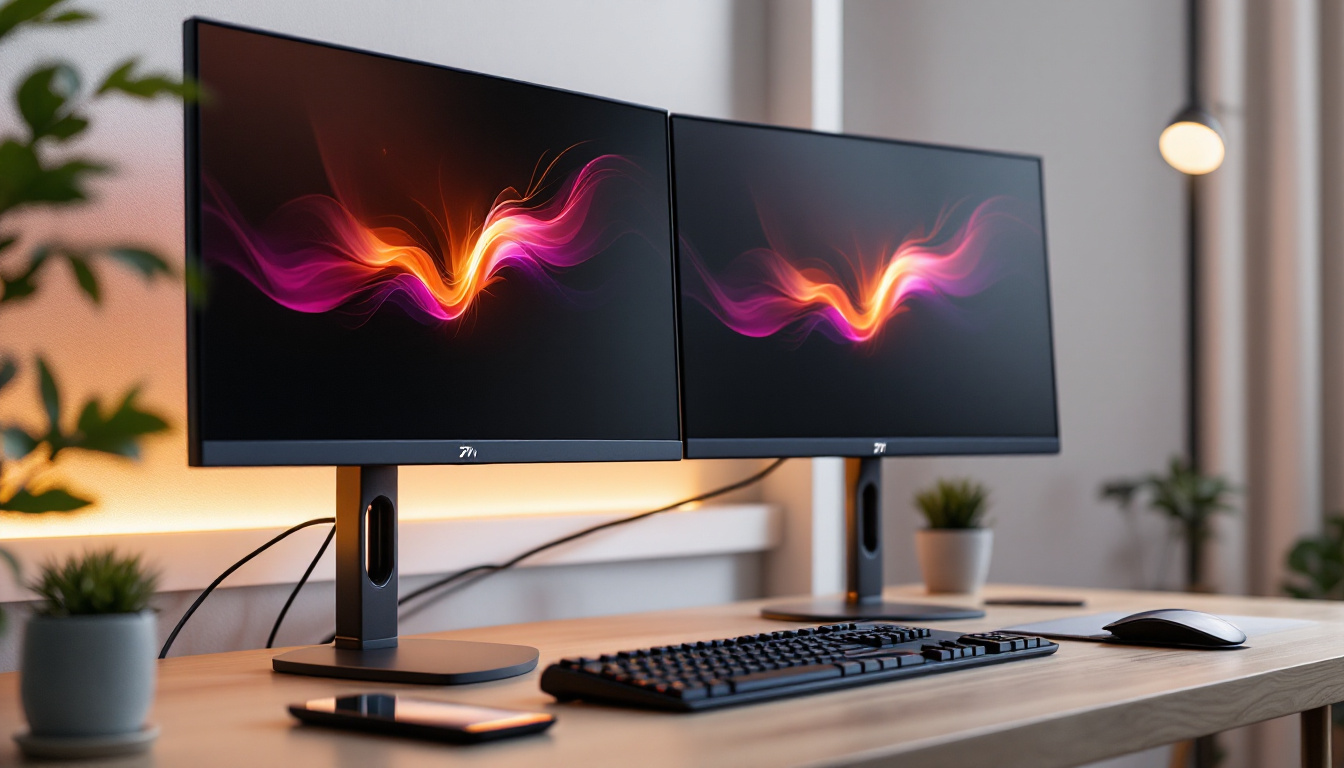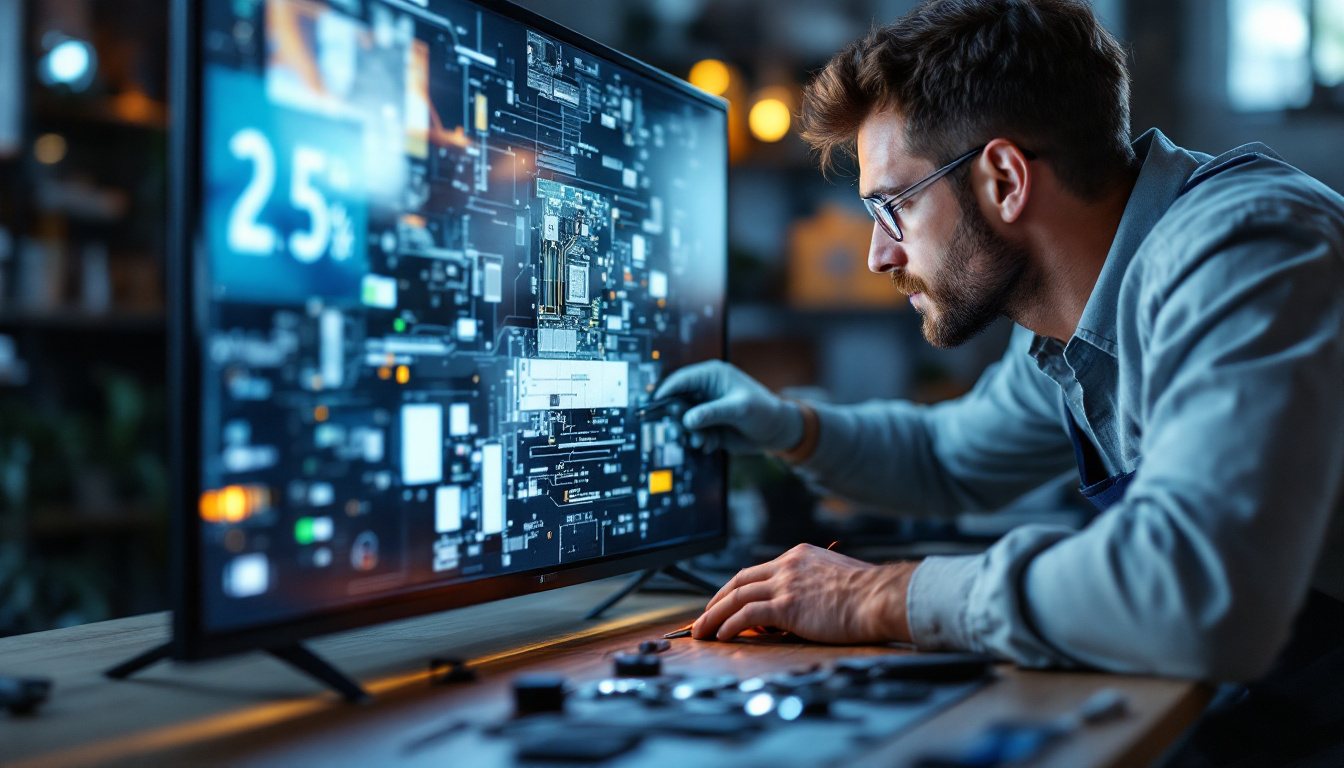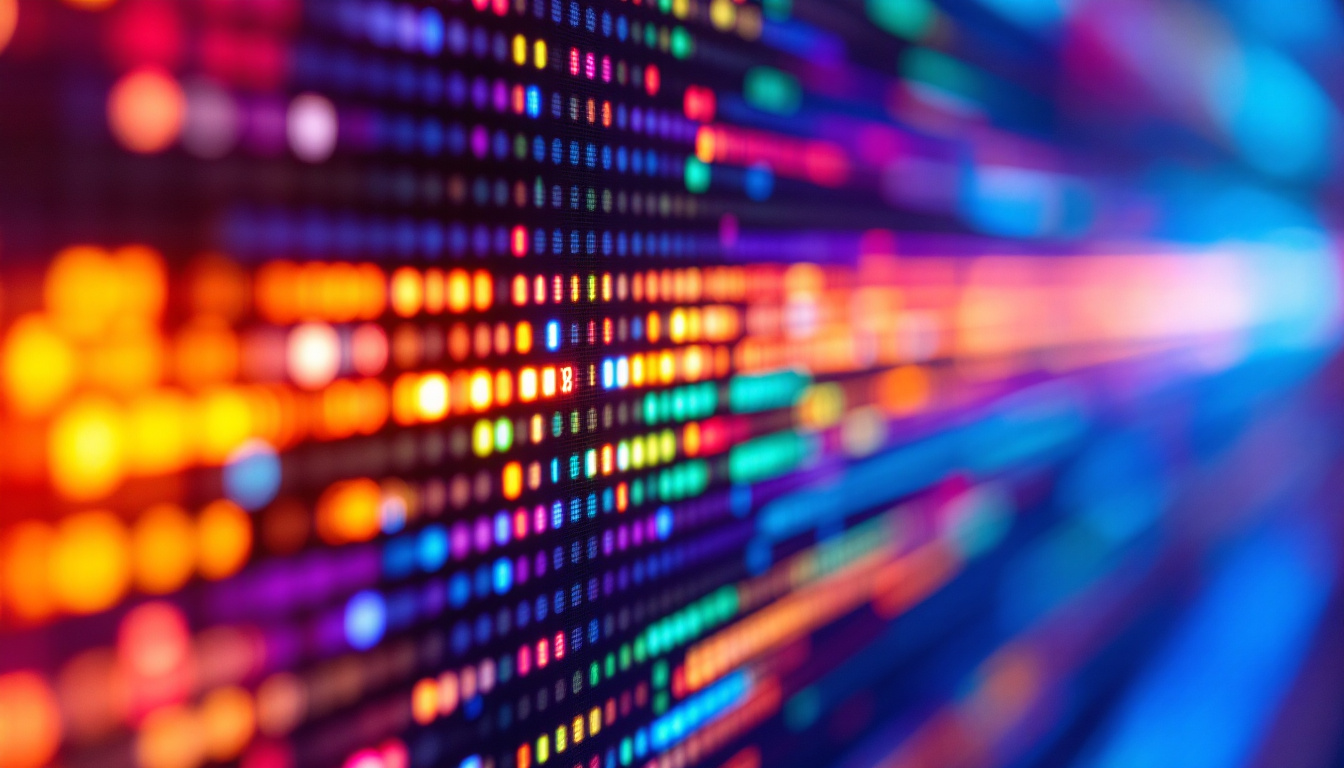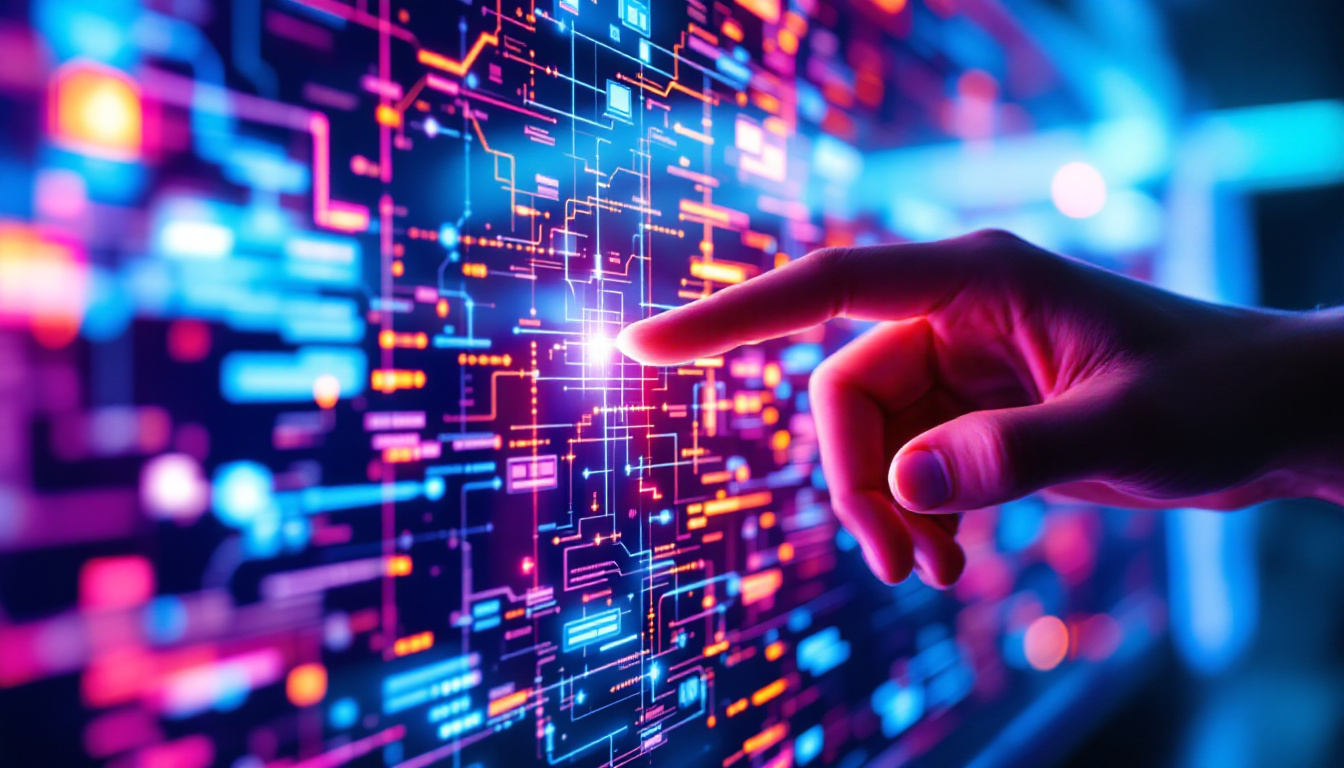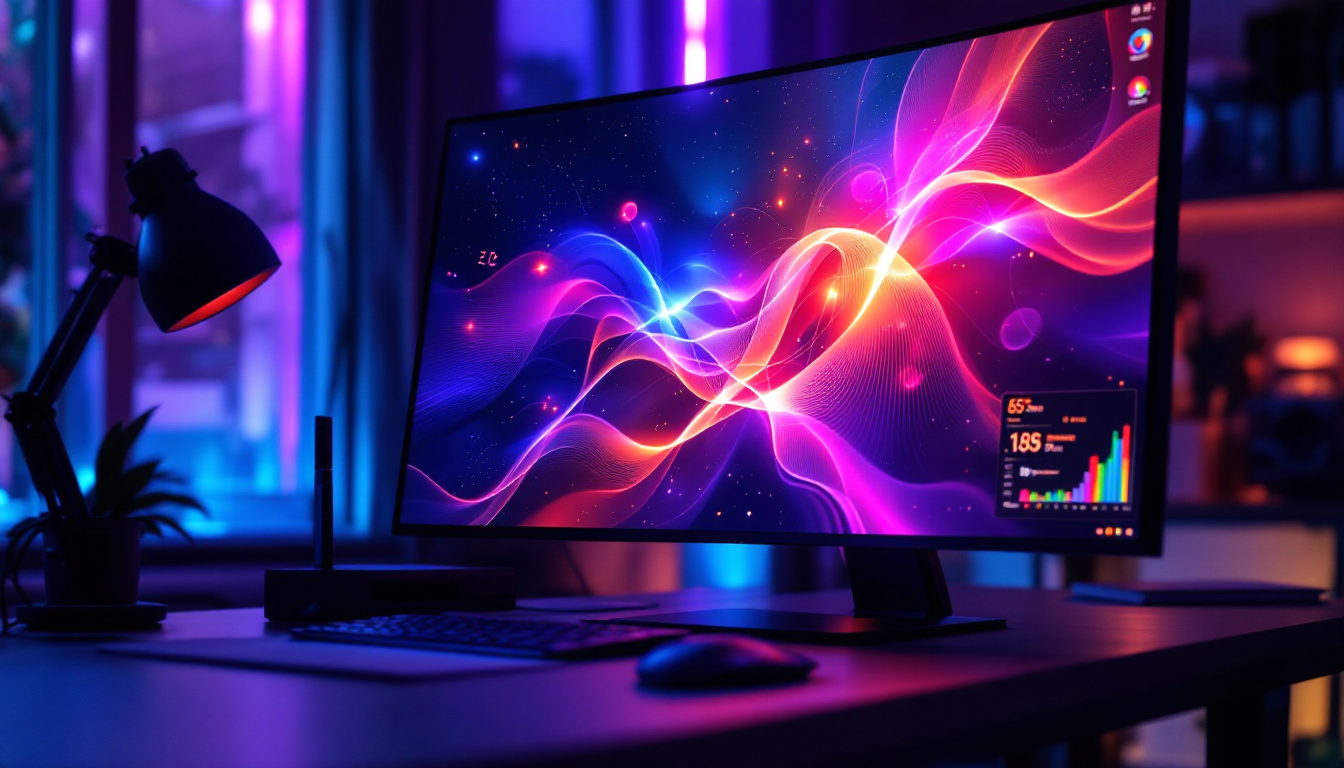In the realm of modern technology, LED displays have emerged as a cornerstone for visual communication. From televisions to computer monitors, the versatility and efficiency of LED technology have made it a popular choice across various applications. This article delves into the intricacies of LED displays, specifically focusing on the Bto monitor series, offering insights into their functionality, advantages, and operational guidelines.
Understanding LED Technology
Light Emitting Diodes (LEDs) are semiconductor devices that emit light when an electric current passes through them. This technology has revolutionized the way images and videos are displayed, providing vibrant colors and sharp contrast ratios. The Bto monitor series utilizes advanced LED technology to enhance user experience across different settings. With their compact size and durability, LEDs have become the preferred choice for a wide range of applications, from consumer electronics to large-scale outdoor displays. Their ability to produce light without the need for a warm-up period also makes them ideal for instant-on applications, which is a significant advantage in today’s fast-paced digital world.
How LED Displays Work
LED displays function by illuminating pixels, which are tiny dots that collectively form an image. Each pixel is made up of red, green, and blue (RGB) sub-pixels that can be adjusted in brightness to create a wide spectrum of colors. When these sub-pixels are activated in various combinations, they produce the images seen on the screen. The precision with which these sub-pixels can be controlled allows for stunning visual effects, including deep blacks and brilliant whites, which are essential for high dynamic range (HDR) content. Furthermore, advancements in technology have led to the development of local dimming features, where specific areas of the screen can be dimmed or brightened independently, enhancing the overall picture quality and contrast.
The technology behind LED displays is not only about brightness but also about energy efficiency. Compared to traditional LCDs, LED monitors consume less power, making them an environmentally friendly option. This efficiency is particularly beneficial for businesses looking to reduce energy costs while maintaining high-quality visuals. Additionally, the longevity of LED lights—often rated for tens of thousands of hours—means that they require less frequent replacements, further contributing to their cost-effectiveness over time. As a result, many organizations are making the switch to LED technology not just for its aesthetic benefits, but also for its economic advantages.
Types of LED Displays
There are primarily two types of LED displays: direct-lit and edge-lit. Direct-lit LED displays have LEDs placed behind the screen, providing uniform brightness across the entire display. In contrast, edge-lit displays have LEDs positioned around the edges, using light guides to distribute brightness. Understanding these differences is crucial for selecting the right monitor based on specific needs and preferences. Additionally, there are variations such as full-array LED displays, which combine the benefits of both direct-lit and local dimming technologies, allowing for even greater control over brightness and contrast. This makes them particularly suitable for professional environments where color accuracy and detail are paramount.
Moreover, the evolution of LED technology has led to the emergence of OLED (Organic Light Emitting Diode) displays, which take the concept a step further by allowing each pixel to emit its own light. This results in even deeper blacks and a wider color gamut, making OLEDs a popular choice for high-end televisions and monitors. As the market continues to innovate, the distinctions between LED and OLED technologies are becoming increasingly important for consumers to understand, especially when considering factors such as viewing angles, response times, and overall picture quality in their purchasing decisions.
Features of Bto Monitors
The Bto monitor series stands out in the market due to its innovative features designed to enhance the user experience. From high resolution to advanced connectivity options, these monitors cater to a wide range of users, from gamers to professionals in creative fields.
High Resolution and Color Accuracy
One of the defining characteristics of Bto monitors is their high resolution. Many models offer 4K UHD resolution, which provides four times the detail of Full HD. This level of detail is essential for tasks that require precision, such as graphic design or video editing.
Moreover, Bto monitors are engineered for color accuracy, covering a wide color gamut. This feature ensures that the colors displayed are true to life, which is critical for professionals who rely on accurate color representation in their work.
Ergonomic Design and Adjustability
Comfort is a key consideration in the design of Bto monitors. Many models feature adjustable stands that allow users to modify the height, tilt, and swivel of the display. This ergonomic design helps reduce strain during prolonged use, promoting a healthier workspace.
Additionally, some Bto monitors come with blue light filtering technology, which minimizes eye strain caused by extended screen time. This feature is particularly beneficial for users who spend long hours in front of their screens, such as programmers and digital artists.
Setting Up Your Bto Monitor
Setting up a Bto monitor is a straightforward process, but ensuring that it is configured correctly can significantly enhance the viewing experience. This section provides a step-by-step guide to help users get started.
Unboxing and Initial Setup
Upon unboxing your Bto monitor, the first step is to carefully remove all components. This typically includes the monitor itself, a stand, power cables, and any necessary connectors. It is advisable to keep the packaging until the monitor is fully set up and functioning correctly.
Next, attach the stand to the monitor. Most Bto monitors come with a tool-free assembly process, making it easy to connect the stand securely. Once the stand is in place, position the monitor on a stable surface, ensuring it is at eye level for optimal viewing.
Connecting to Your Devices
After the physical setup is complete, the next step is to connect the monitor to your devices. Bto monitors typically offer various connectivity options, including HDMI, DisplayPort, and USB-C. Choose the appropriate cable based on the device you are connecting.
Once connected, power on the monitor and the device. The monitor should automatically detect the input source. If it does not, use the monitor’s on-screen menu to select the correct input. This menu can also be used to adjust settings such as brightness, contrast, and color temperature, tailoring the display to personal preferences.
Optimizing Display Settings
To fully leverage the capabilities of a Bto monitor, it is essential to optimize the display settings. This section explores various adjustments that can enhance the viewing experience.
Adjusting Brightness and Contrast
Brightness and contrast settings play a crucial role in the overall display quality. Bto monitors often come with preset modes for different activities, such as gaming, watching movies, or working in a brightly lit room. Users can select these modes to quickly adjust settings based on their current task.
For manual adjustments, it is recommended to set the brightness according to the ambient light in the room. A higher brightness may be necessary in well-lit environments, while lower settings are preferable in darker settings to avoid eye strain.
Color Calibration
Color calibration is another important aspect of optimizing a Bto monitor. Many models include built-in calibration tools that guide users through the process of adjusting color settings for accuracy. For professionals in fields such as photography or graphic design, achieving precise color representation is vital.
Additionally, users can utilize third-party calibration tools for more advanced adjustments. These tools can help ensure that the monitor displays colors as intended, providing a consistent viewing experience across different devices.
Maintenance and Care
Proper maintenance of a Bto monitor can extend its lifespan and ensure consistent performance. This section outlines best practices for caring for your monitor.
Cleaning the Screen
Dust and fingerprints can accumulate on the screen, affecting visibility and overall aesthetics. To clean the screen, it is advisable to use a microfiber cloth dampened with water or a specialized screen cleaner. Avoid using harsh chemicals or abrasive materials that could damage the display.
Regular cleaning not only improves visibility but also helps maintain the monitor’s condition. It is recommended to clean the screen at least once a month, depending on the environment in which the monitor is used.
Checking for Software Updates
Keeping the monitor’s firmware up to date is essential for optimal performance. Manufacturers often release updates that enhance functionality and address any bugs or issues. Users can check for updates through the monitor’s on-screen menu or the manufacturer’s website.
Regularly checking for updates ensures that the monitor operates smoothly and benefits from the latest features and improvements. This proactive approach can significantly enhance the overall user experience.
Common Troubleshooting Tips
Even with high-quality monitors like the Bto series, users may encounter occasional issues. This section provides common troubleshooting tips to resolve these problems effectively.
No Signal Detected
One of the most common issues users face is the “No Signal” message. This can occur if the monitor is not receiving input from the connected device. To resolve this, first, ensure that the device is powered on and that the correct input source is selected on the monitor.
If the issue persists, check the cables for any damage or loose connections. Reconnecting the cables or trying a different cable may also help. If using a laptop, ensure that the display output is set to the external monitor.
Flickering or Distorted Images
Flickering or distorted images can be caused by several factors, including incorrect refresh rates or cable issues. Users should check the display settings on their device and ensure that the refresh rate matches the monitor’s specifications.
Additionally, testing with different cables or ports can help identify if the issue lies with the connection. If the problem continues, it may be necessary to consult the manufacturer’s support for further assistance.
Conclusion
The Bto monitor series exemplifies the advancements in LED display technology, offering users a blend of high performance, exceptional color accuracy, and ergonomic design. Understanding the features, setup process, and maintenance tips can significantly enhance the user experience, whether for professional or personal use.
By following the guidelines outlined in this manual, users can optimize their Bto monitor for the best performance and longevity. As technology continues to evolve, staying informed about the latest developments in LED displays will ensure that users can make the most of their investment.
Discover LumenMatrix’s Advanced LED Solutions
Ready to experience the pinnacle of LED display technology? LumenMatrix is at the forefront of innovation, offering a diverse range of LED display modules tailored to your unique needs. Whether you’re looking for an Indoor LED Wall Display to captivate your audience, an Outdoor LED Wall Display to enhance your brand’s visibility, or any of our specialized solutions like Vehicle LED Displays and Custom LED Displays, LumenMatrix has you covered. Elevate your visual communication and engage with your audience like never before. Check out LumenMatrix LED Display Solutions today and transform your space into a dynamic visual experience.

